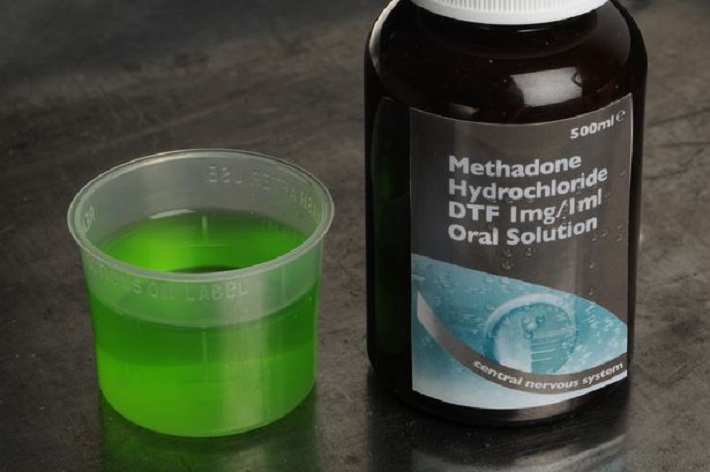How to Stop Taking Methadone


John Gillen - Author | Last Updated: 3rd April 2023
Posted on Wednesday, April 08, 2015 at 9:42 am

Methadone is an opiate drug derived from the opium poppy. Methadone is commonly used in medicine as a means of easing pain. However, methadone is also used as a substitute to common ‘street heroin’. This procedure is often referred to as a ‘methadone maintenance programme’.
The drug works by suppressing opiate withdrawal symptoms normally occurring when heroin consumption ceases. However, methadone itself is highly addictive. The drug is a very long-acting opiate antagonist. Effects of methadone last for around 24 hours.
Under a maintenance programme, the intention is for the user to taper off methadone and become drug-free. However, many addicts participating in these programmes simply continue to take methadone as a substitute to heroin, often for many, many years into the future. Furthermore, a sizeable black market in methadone supply has emerged, meaning addicts are able to consume larger quantities of methadone than what was intended under their official maintenance programme.
When methadone withdrawal is attempted, classic opiate withdrawal symptoms arise. This makes methadone withdrawal problematic. Many addicts simply continue to use methadone simply to delay or avoid suffering these painful symptoms.
Methadone withdrawal symptoms include:
Methadone withdrawal symptoms are described as ‘flu-like’. Unlike the flu, these symptoms last for many days, even up to two weeks. Symptoms kick in as soon as the body expects its ‘next hit’. The symptoms peak in severity around two-to-three days after methadone was last consumed.
The ‘acute’ withdrawal phase of a methadone withdrawal continues for around seven days. A methadone withdrawal is said to be even more painful and drawn-out than a heroin withdrawal.
The primary form of methadone withdrawal is known as detox. Cassiobury Court offers a comprehensive 28-day methadone detox. This detox is known as a ‘medically assisted detox’, largely because medications are prescribed in order to manage and reduce withdrawal symptoms mentioned above.
This programme is wholly residential in nature, meaning clients move into our rehab centre for the duration of their treatment.
Cassiobury Court adheres to a medically assisted detox regime for those suffering from methadone addiction. A combination of Subutex, Naloxone and Suboxone is used to reduce withdrawal symptoms during a methadone detox. Subutex, also known as buprenorphine, is a tablet which clients dissolve under their tongue. Subutex is a semi-synthetic opiate.
Unlike Methadone, Subutex is not a ‘full’ opiate antagonist. It is a ‘partial’ antagonist. This means Subutex carries less of a risk of abuse and addiction when compared to methadone. Subutex facilitates detoxification, although, like Methadone, Subutex itself may be used in an ‘opiate maintenance programme’. Subutex also contains Naloxone to discourage IV opiate usage. Naloxone precipitates withdrawal when IV opiates are taken.
Before clients consume Subutex it is essential clients wait 24-36 hours after Methadone was last consumed. A failure to take this step could precipitate an early withdrawal, a situation which could even kill the client concerned.
This is why we do not recommend clients administer Subutex without 24/7 medical attention. Patients continue to consume Subutex for around 10 days before a tapering regime is put in motion. Patients generally must taper down to around 30mg of methadone before switching to Subutex.
Once withdrawal symptoms reduce clients are then advised to attend counselling and therapy sessions. When clients attend Cassiobury Court they receive therapy as part of their overall rehabilitation programme.
Those choosing a home detox are advised to attend therapy on an outpatient basis. Patients are advised to attend local Narcotics Anonymous groups regularly following detox and therapy. This attendance significantly reduces the risk of relapse for those now living in recovery.
We hope you enjoyed this blog post on methadone rehabilitation. At Cassiobury Court, we offer a four-week methadone rehab programme. Contact our admissions team if you wish to learn more about this programme.

John Gillen - Author Last updated: 3rd April 2023
John Gillen is a leading addiction treatment expert with over 15 years of experience providing evidence-based treatment methods for individuals throughout the UK. John also co-authors the book, The Secret Disease of Addiction, which delves into how the addictive mind works and what treatment techniques work best.